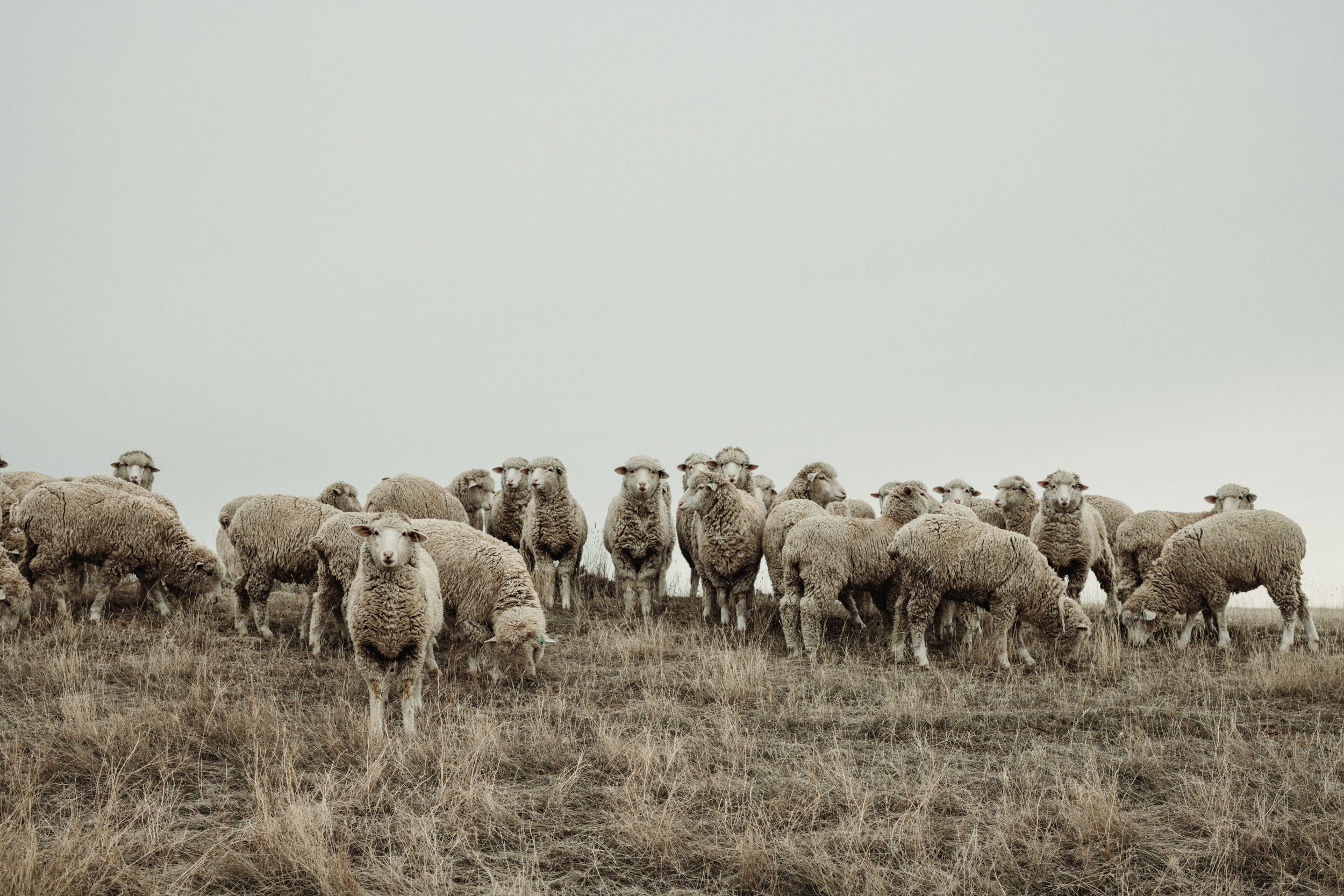Fire and Heat
One of the most important advantages conferred by wool clothing relative to synthetic garments is wool's greater relative resistance to fire and heat. It's not fireproof, (as in protective gear) but wool does not support it's own flame like almost all other fabrics including cotton and linen.
Wool does not melt, and although it does burn, it is classified as non-flammable because it requires more oxygen than is present in the atmosphere to ignite. Wool will only burn at a much higher temperature than the temperature that will melt synthetics, which are infamous for melting onto skin and into wounds. When wool does burn, the fire is self-extinguishing, and the ash tends to insulate against further problems.

The image above is from an old and intense video contrasting the way wool and synthetics handle flame. The video was made by the government of New Zealand back in the 1960s, or so. Hopefully we are using much safer synthetics now ... but compared to wool, modern synthetics still perform horribly.
“Wool burns with a self-extinguishing flame and produces a soft ash that dissipates and will not lodge in open wounds,” says Jeanette M. Cardamone, a chemist at the United States Department of Agriculture Agricultural Research Service Eastern Regional Research Center (ERRC) in Wyndmoor, Pennsylvania. “Synthetic materials, on the other hand, form hot, molten beads that can drip into a wound and cause trauma.”
The following summary is gratefully and shamelessly copied and pasted from the "Flame Resistance" page of the website of the International Wool Textile Organization.
- A very high ignition temperature of 570-600° C
- A high Limiting Oxygen Index (LOI) (the measure of the oxygen level needed to sustain combustion)
- A low heat of combustion (the measure of the amount of heat energy released in the burning process)
- Self-extinguishing
GREAT THANKS TO THE IWTO for the preceding information.
This study by the United States Forest Service explains why fire fighters are prohibited from wearing synthetic base layers ... Only natural fibers are allowed because of the burns caused by melting of synthetics. In mid-September, 2018, Joe Schindel, a firefighter and film maker for the US Government began wearing and testing WeatherWool (he chose an Anorak). Joe has been very happy with WeatherWool, partly because of the way wool handles heat and fire, and we are happy to say Joe is now a WeatherWool Advisor.
Another one of our customers is a hobby blacksmith. He surprised me by saying he wears WeatherWool in his foundry ... but it shouldn't have ... the wool is indifferent to sparks, it won't melt, it won't burn under shop conditions, it handles embers far better than synthetics, and it insulates him from the radiant heat of the hot metal. Since that first blacksmith, I've heard from others who wear WeatherWool around hot metal ... one is Advisor Jerry Fisk, one of the world's most admired knife-makers. Another is Advisor Chuck Carson, a Senior Lecturer in the School of Design at a well-known university.
Wool is non-flammable. Nylon, cotton, polyester, rayon all ignite at relatively low temperatures, compared to wool. Nylon and polyester will melt -- wool won't. For these reasons, additional chemical treatments are often applied to other materials to make them safer.
BOTTOM LINE: Wool excels all other common textiles in its ability to resist heat and flame. If this ever matters, it REALLY matters. I've talked to multiple people in the Military, including in particular Military Doctors, who have some very, very significant experiences in this area. But even in much more mundane situations, such as building and enjoying a campfire, wool's ability to resist fire is a huge advantage. I'm told that people wearing synthetic garments for camping and bushcraft routinely carry kits to patch holes melted into their garments by sparks and embers!!
17 January 2022 --- Ralph

